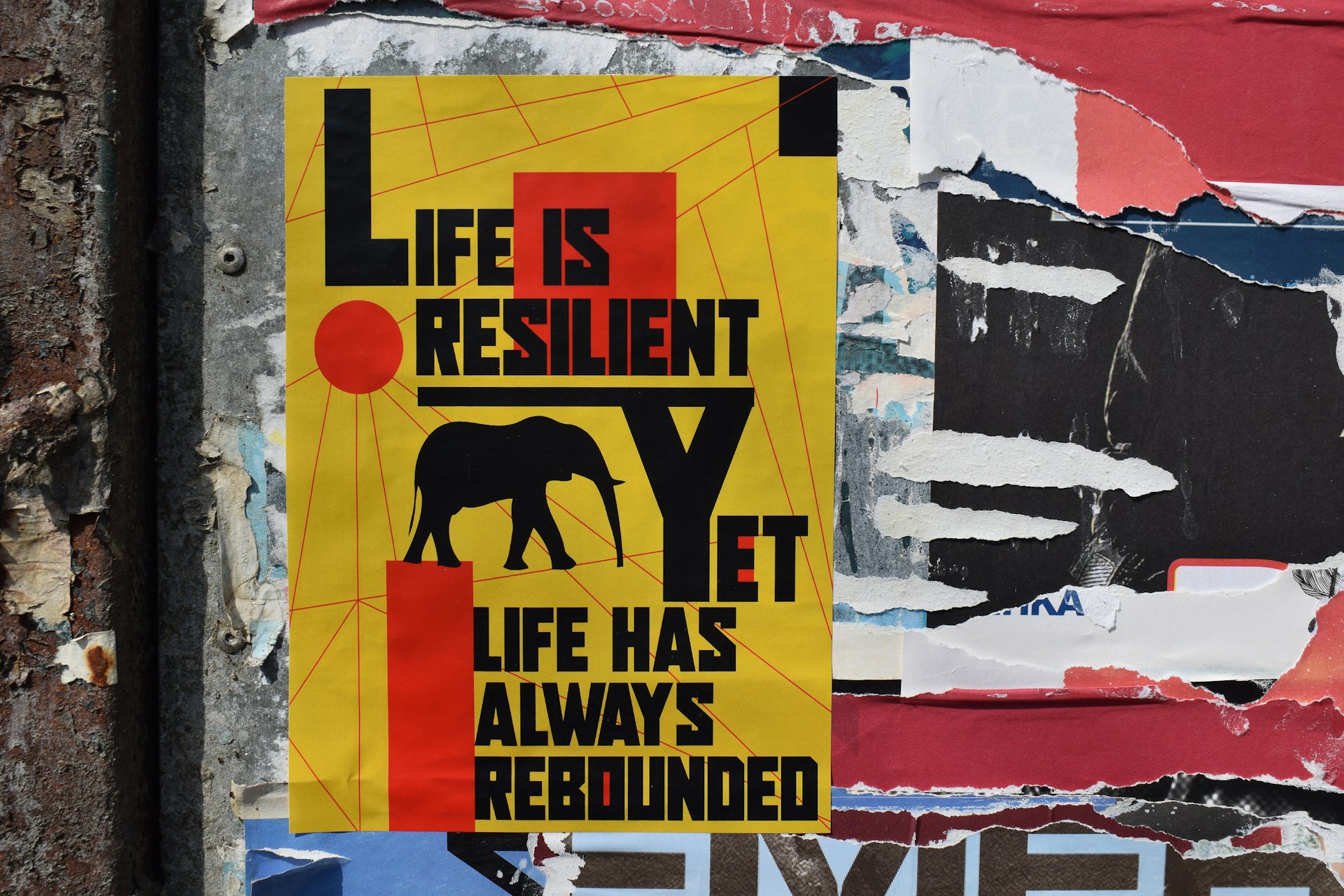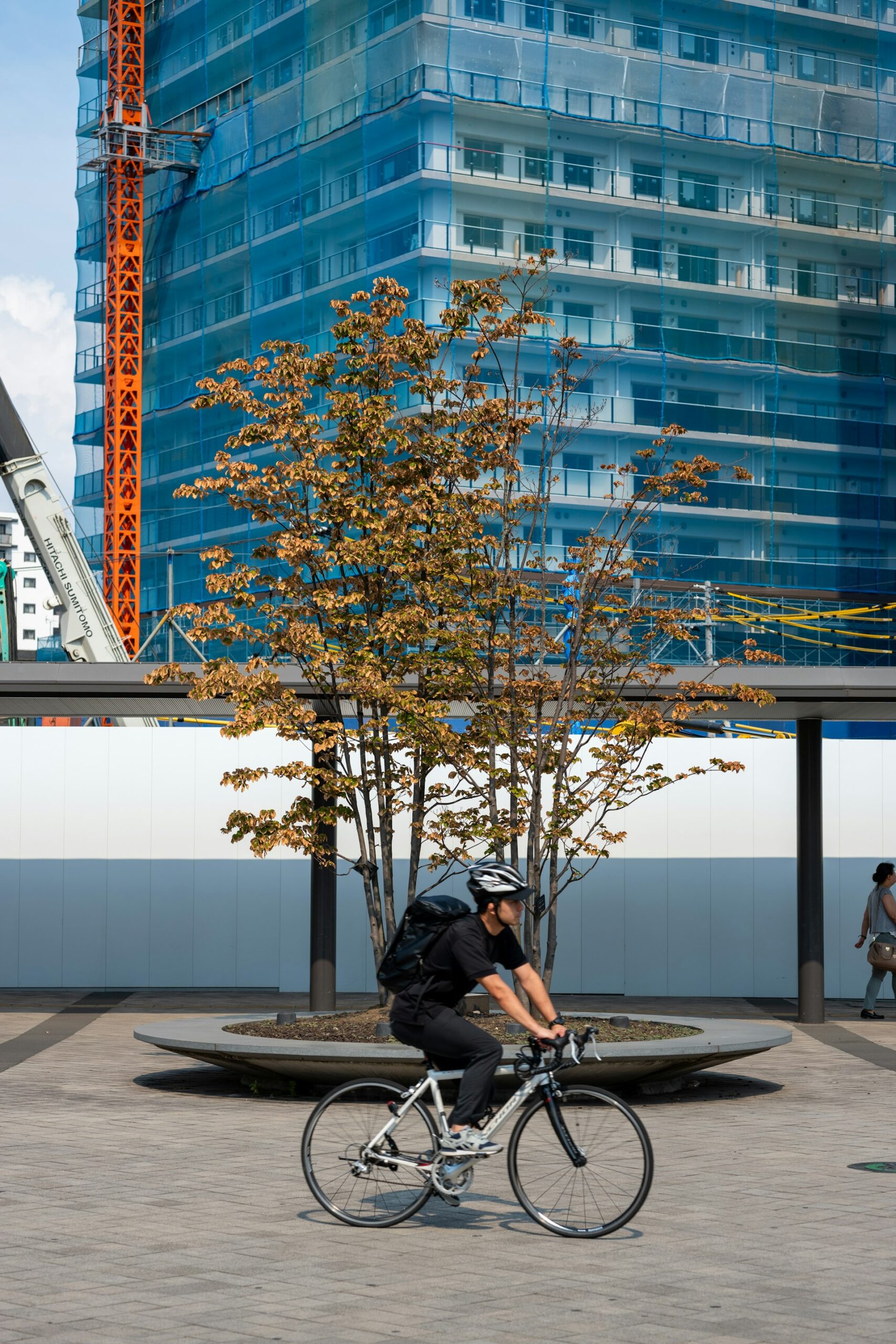Empowering Guide: Essential Safety Tips for Solo Female Travelers

Photo by Michal Mokrzycki on Unsplash
Introduction
Traveling alone as a woman can be transformative and deeply rewarding. However, safety concerns often come to the forefront. By leveraging proven strategies, building situational awareness, and accessing reliable local support, solo female travelers can confidently explore new destinations. This guide provides comprehensive, actionable safety tips, real-world examples, and step-by-step instructions to help you navigate your adventures securely and with peace of mind.
Understanding the Importance of Preparation
Preparation is the foundation of safe solo travel. Before you depart, thoroughly research your destination’s culture, customs, and current events. Understanding local etiquette, especially around dress and public behavior, can help you blend in and reduce unwanted attention. For example, in many parts of the Middle East and Asia, covering your shoulders and knees is both a sign of respect and a strategic safety measure [1] .
It’s also useful to learn a few key phrases in the local language, such as “help,” “police,” or “where is…”. Make digital and paper copies of your important documents and store them separately from the originals. Share your travel itinerary with a trusted friend or family member and set up regular check-ins throughout your trip.
Smart Packing and Dressing for Safety
Choosing the right clothing and gear can have a significant impact on your safety. Dressing conservatively and in a style that reflects local norms can help you avoid drawing unnecessary attention. For instance, in some cultures, even showing arms or legs may be considered inappropriate [1] . Research your destination’s expectations and pack accordingly to ensure comfort and respect.
When it comes to packing, opt for bags with sturdy zippers and keep them close to your body. Carrying your backpack or purse in front of you, especially in crowded places, can significantly reduce the chance of theft. Small anti-theft backpacks with lockable zippers and RFID protection are highly recommended for urban travel [2] .
Blending In and Maintaining a Low Profile
One of the most effective safety strategies is to avoid advertising that you are traveling alone. While meeting new people can be a highlight of solo travel, discretion is key when interacting with strangers. If you feel uncomfortable or sense that someone is prying, you have every right to use a “white lie”-for example, mentioning that you are meeting friends or a partner nearby [4] .
Appearing confident, purposeful, and busy can make you a less likely target for scams or unwanted attention. Trust your intuition-if a situation feels off, remove yourself immediately. Remember, your safety is more important than social niceties or the risk of seeming rude.
Securing Accommodation and Transportation
Choosing safe accommodation is critical for solo travelers. Prioritize places with strong security measures, such as 24-hour front desks, secure entrances, and positive reviews from other solo female travelers. Research neighborhoods in advance and, whenever possible, arrive at your accommodation during daylight hours to better assess your surroundings [3] .
If you are on a road trip, plan your route ahead and identify safe rest stops and parking areas. Avoid isolated locations or poorly lit parking lots, especially at night. For late-night arrivals, consider arranging airport transfers with reputable companies or requesting that your accommodation organize a trusted taxi. Always verify the identity of drivers and vehicles before getting in.
Managing Personal Belongings and Preventing Theft
Situational awareness is crucial in crowded areas such as markets, train stations, and festivals. Always keep your bags zipped and in front of you. Thieves often target travelers who appear distracted or whose bags are easily accessible [2] . Use cross-body bags with cut-resistant straps and consider carrying a dummy wallet with a small amount of local currency for emergencies.
Storing valuables in multiple locations (such as a money belt and a hidden pocket) can prevent total loss in case of theft. Many seasoned travelers also use portable door locks or wedges for added security in hotel rooms and private accommodations.
Building Local Support Networks
Before your trip, check with friends, family, or online communities to see if anyone has connections in your destination. A local contact can offer invaluable advice and may be able to assist in emergencies [1] . Organizations like the International Greeter Association can connect you with volunteers who provide a local perspective and can become an emergency contact while you are in town.
Additionally, familiarize yourself with the local emergency numbers before you go. For example, 911 is standard in North America, 112 in Europe, and 999 in the UK. Save these numbers in your phone and keep them written down in your wallet for quick access.

Photo by Asdrubal luna on Unsplash
Staying Alert and Trusting Your Instincts
Being street smart, proactive, and a bit skeptical is not paranoia-it’s powerful self-protection [5] . Trust your instincts: if a person or situation makes you uncomfortable, leave immediately or seek help. Your intuition is a valuable tool and should not be ignored.
If you find yourself in a situation where you feel threatened, do not hesitate to make a scene or ask for help. Emergency whistles, personal alarms, or even loudly calling out can draw attention and potentially deter would-be attackers. Remember, it is always better to overreact than regret inaction.
Handling Money and Important Documents
Carry only as much cash as you need for the day and store the rest in a secure location. Use hotel safes or hidden travel pouches for backup credit cards and identification. When withdrawing money, choose ATMs located inside banks or shopping centers rather than isolated outdoor machines.
Keep digital copies of your passport, visa, and travel insurance documents in secure, password-protected cloud storage. In case of theft or loss, these copies can expedite the replacement process.
Emergency Planning and Crisis Response
Have a clear plan for emergencies. Know the address and phone number of your country’s embassy or consulate in each destination. In situations where you need immediate assistance, embassies can provide support ranging from lost passport replacement to emergency evacuation guidance.
If you experience harassment or theft, report it to local authorities as soon as possible. In many countries, police reports are necessary for insurance claims. Seek support from local tourist hotlines, consular services, or women’s organizations if you feel unsafe or require assistance.
Alternative Approaches and Additional Considerations
For travelers seeking extra peace of mind, group tours or women-only travel groups can offer structure and camaraderie while preserving the independence of solo travel. Many reputable companies now offer specialized tours and retreats for solo female travelers. If you prefer to travel independently, joining short group excursions for hikes, city tours, or cultural experiences can help you meet people in a safe, organized setting.
Some travelers also choose to use personal safety apps that share real-time locations with trusted contacts or provide quick access to emergency services. Research the best-rated options before your departure and set up these tools in advance.
Key Takeaways
Solo female travel is an empowering adventure, but it requires vigilance and proactive preparation. By researching your destination, blending in, securing accommodations, managing belongings, building local support, and trusting your instincts, you can minimize risks and maximize the rewards of exploring the world alone. Always remember: your safety is paramount, and it’s okay to take every precaution necessary to ensure your peace of mind.
References
- [1] Solo Traveler World (2023). Solo Female Travel Safety: Advice for What Women Worry About.
- [2] Sunsets Abroad (2023). Solo Travel Tips: How to Stay Safe As A Female Traveler.
- [3] Seeing Sam (2023). 21 Best Safety Tips for a Solo Female Road Trip.
- [4] The Soloist Travel (2023). Solo Female Travel Safety Tips: What NOT to Do.
- [5] Everywhere with Claire (2023). 27 Uncommon Safety Tips for Traveling Solo As A Female.



